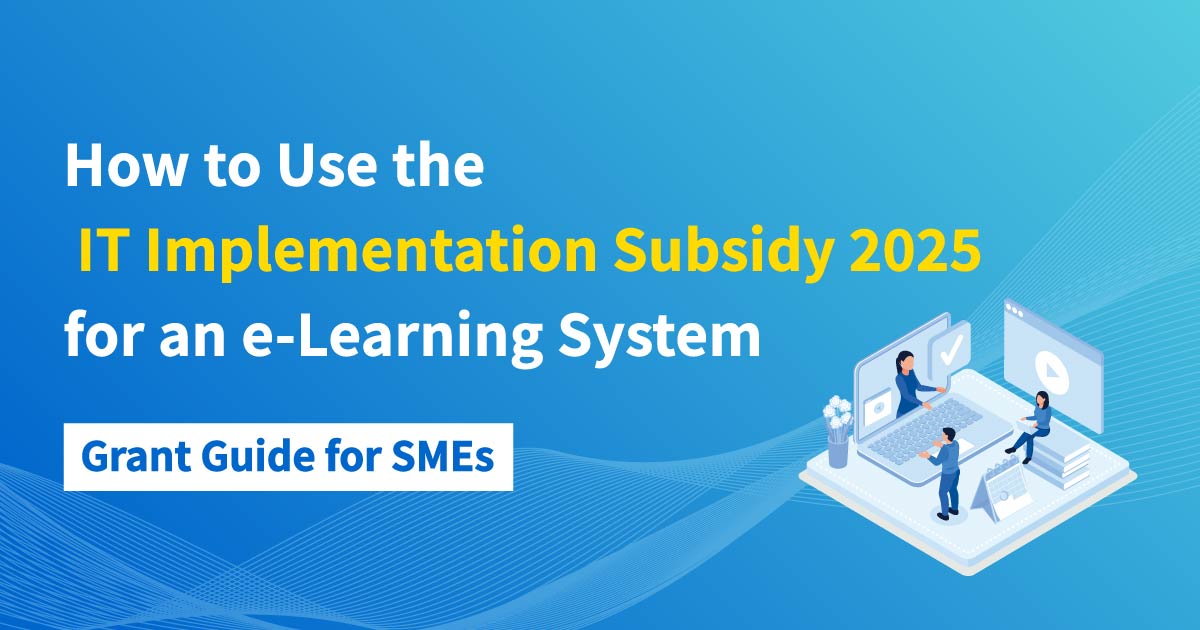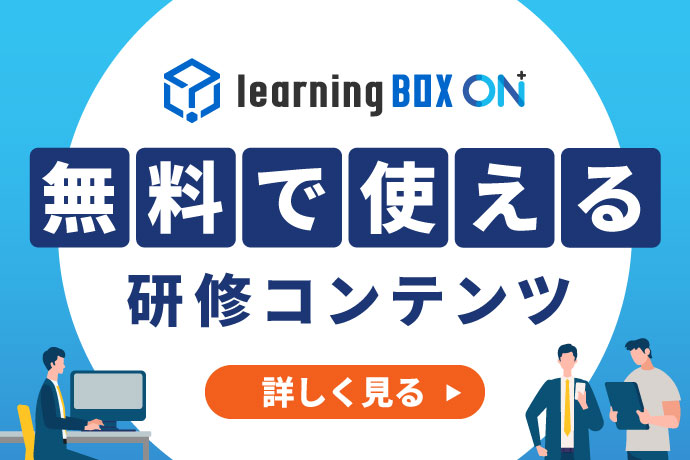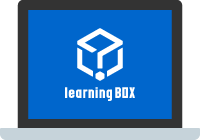Onboarding Guide
Quick Tips for Success

Employee training is essential for the development of excellent human resources. Many companies tend to conduct training at the time of new hires, mid-career employees, or personnel transfers.
However, there are many different types of employee training programs, and it is not uncommon for employees to wonder what type of training should be conducted.
In this issue, we will introduce the types of training by format, rank, job category, and theme. Please use this as a reference when implementing new employee training or reviewing existing training.
Main types of employee training

From time to time, companies conduct training programs for the purpose of human resource development and skill enhancement.
Here are the types of employee training programs by type of implementation.
Type of training format
OJT training
OJT training is an educational training program that provides instruction while practicing work in the workplace.
OJT is an abbreviation for "On the Job Training," also known as in-work training. It tends to be used as an educational method for new and young employees in the workplace. Since trainees can learn know-how efficiently while performing their work duties, it is easy to expect them to become immediately effective after the training, and many companies use this training method.
The general flow of on-the-job training is that a senior employee or supervisor first shows the trainee a model, and then challenges the trainee to try something and provides guidance and follow-up. While this allows the trainee to learn practical content, which tends to increase motivation and satisfaction, it also has the disadvantage of increasing the burden on the instructor.
Off-JT Training
Off-JT training is educational training that takes place away from the work site.Abbreviation for "Off the Job Training," also known as off-the-job training.
Off-JT training can be broadly classified into online training and group training. Online training is training that is taken via web conferencing systems. Training is conducted using PCs, smart phones, tablet terminals, etc.
Online training is also called "e-learning training. Unlike face-to-face training, this method has been attracting attention in the wake of the spread of the new coronavirus because it allows participants to participate regardless of time and location. It is expected to reduce implementation costs, improve learning efficiency, and equalize educational opportunities.
Group training, on the other hand, refers to off-line training such as seminars in which instructors and participants gather at a single venue. Group training is characterized by being divided into classroom training and interactive or experiential training. The interactive and experiential format includes role-playing, workshops, and group work.
In-house and outsourced training
Training that is conducted within the company without outsourcing employee training is called internal training. On the other hand, employee training that is outsourced is known as external training. Specifically, the training curriculum, instructors, facilitators, location, etc. are generally outsourced.
Back to ContentsTypes of tiered training

In some cases, employee training is divided into separate training programs for different levels of employees, such as general employees and managers, because the skills and experience required by each employee's role and job level differ. The following are the types of training by job level.
For new employees
Training for new employees is conducted to raise their awareness as members of society and to acquire basic business manners. Typical examples of training themes include business manner training, communication training, and training in OA skills such as Excel and Word.
We recommend a combination of on-the-job training and off-the-job training for new employees. Some examples of training topics that are suitable for a combination of OJT and Off-JT training include business card handling, telephone skills, and business e-mail. The following are some examples of topics that are suitable for combined on-the-job and off-the-job training.
For young employees
Training for young employees is generally provided for employees in their second or third year of employment. The purpose of this program is to provide young employees who are still developing with the basic skills to fulfill their jobs and the applied skills to achieve their goals.
Major training themes include self-management training, career management training, and problem-solving skills training. This is the stage where participants hone their ability to take initiative, self-management skills, logical thinking, etc., and learn ideas and tips to grow into key figures in their organizations.
For mid-level employees
In most cases, mid-career employees are defined not only by length of service, but also by their ability to assist leaders in the organization and to build smooth relationships with subordinates. For this reason, our training programs for mid-career employees include follower-ship training and mentor training to develop individuals who can serve as a bridge between the front line and management. In addition, some companies offer training in handling complaints with the aim of building good relationships with customers and improving problem-solving skills.
However, many companies do not provide training for mid-career employees because they play a central role in the organization and are often very busy. In order to nurture the next generation of leaders, human resource departments and administrators need to clarify the abilities required of mid-career employees and provide training that enables them to acquire them efficiently.
For managers
Managers are those who manage the field from a perspective close to that of management, such as department managers and deputy managers, and are responsible for the results of their work. Examples of training topics for managers include leadership training, coaching training, management training, team building training, and labor management training.
Leader training and coaching training provide care and guidance techniques for subordinates, while management training and team building training develop the ability to properly manage human resources. Since the success of managers is directly related to a company's management strategy, it is important to implement training at the right time.
Back to ContentsTypes of Training by Job Category

Since the skills required of businesspeople differ by job type, training content should ideally be optimized for each job type. Here we introduce recommended training programs for sales, administrative, and planning positions.
For Sales Professionals
Training for salespeople is designed to improve the sales performance of individuals and the company as a whole, and to reform sales methods. Typical themes include improving proposal skills, sales strategy thinking, remote sales skills, and fostering a sales mindset.
Sales training is effective for new and young employees as well as mid-level salespeople and veterans. For less experienced employees, it is recommended to include basic content such as business manners and document preparation, while for more experienced employees, it is recommended to provide training to update existing sales techniques. Salespeople are often away from the office, so to increase the effectiveness of the training, it is recommended to make it possible for them to learn regardless of time and location, for example, by using e-learning.
For administrative staff
Training for clerical staff includes business manner training, sales mindset building training, and business documentation training. Because clerical work is often routine and it is difficult to see results, there tends to be little awareness of the need to change the current situation. Therefore, training is intended to review the skills required of clerical workers, improve work efficiency, and prevent errors.
In addition, in today's business world, there are many cases where clerical staff members are responsible for initial response to customers. In such cases, it is necessary to conduct telephone response training and CS mindset improvement training to develop staff with a customer perspective.
For Planning Professionals
Training for planning staff is designed to hone their ability to identify the essence of corporate issues, their analytical skills, and their ability to come up with feasible ideas. Typical training topics include information utilization, improvement of planning skills, and marketing thinking.
It is not only in planning positions that the ability to think out of the box is required. In some cases, ideas are generated by salespeople who deal directly with customers or by new employees with new sensibilities, leading to new businesses. Therefore, it is advisable to conduct training for planning positions for a wide range of employees.
Back to ContentsTypes of Thematic Training

To maximize the effectiveness of employee training, it is important to identify the issues facing your company and then select a theme that meets your objectives. Therefore, in the last section, we will introduce the types of training by theme and purpose.
Information security training is designed to prevent security risks such as information leaks and cyber crimes. Business people are exposed to confidential information in all situations. Therefore, information security training should be provided to all employees, regardless of position or job title.
In addition, information security training is suitable for off-JT formats that focus on classroom lectures, and tends to be implemented for the purpose of enhancing literacy when introducing telework. To quickly share the latest information security case studies and risks, it is recommended to introduce e-learning, which allows flexible addition and modification of the curriculum.
Compliance training is conducted to ensure compliance with laws and regulations necessary for corporate operations and to enhance corporate value. The meaning of compliance has been expanding in recent years, and it is important to strengthen awareness of not only laws and regulations but also morals and ethics. For example, in some cases, the use of social networking services is included in the training theme to help employees understand the risk of their private words and actions causing damage to the company.
Compliance training tends to be input-oriented, making it suitable for an off-JT format or e-learning. It is a good idea to pick up examples of compliance issues that tend to be problematic in each industry or business sector and use them as teaching materials.
Harassment training is useful for preventing power harassment, sexual harassment, and other disruptive behavior. Although often viewed as training for supervisors and managers, it is best not to limit the target audience, as harassment can occur in all positions. Another benefit of conducting training for all employees is that it helps to standardize standards for harassment, leading to early detection of problems.
Perceptions of harassment change with each generation and value system. Therefore, it is important to update the content of harassment training from time to time and provide programs in line with the times.
Diversity Training
Diversity training is designed to enhance a company's competitiveness by working with diverse personnel and working styles in a respectful manner. In today's business world, where the working population is shrinking and human resources are becoming more mobile, an understanding of diversity is indispensable. In particular, companies that are promoting the appointment of women to management positions and employing foreign nationals, the elderly, and people with disabilities should proactively implement diversity training.
For diversity training, it is recommended to not only provide knowledge input through classroom lectures, but also to provide opportunities for discussion among participants. Participants will be exposed to a wide range of ideas and values, and their understanding of diversity will be deepened.
Back to ContentsSummary
In this issue, we have provided information on the basic types of employee training. To increase the effectiveness of employee training, it is important to implement the appropriate type of training according to the issues facing the company and its human resource development policy. Instead of conducting the same training program year after year in a routine manner, work on building new training programs or modifying the content after clarifying your company's issues, goals, and target audience.
If you are looking for a service that can be used to create manual videos for use in training or to create videos of knowledge, please contact us atlearningBOX Please consider the "I am a member of thelearningBOX is a learning management system that provides all the functions necessary for training, including the creation and distribution of teaching materials, grading, and learner management.
and learningBOX ONhas several training contents that are mandatory for companies.Free of charge
and
You can sign up from Free Plan to try learningBOX Free Plan. Up to 10 accounts are available without expiry date.
▼You may also like:
Back to Contents


-
Discover rich featuresService Guide
-
Feel free to contact usGet in Touch
-
Try our Free PlanTry Free Plan


















